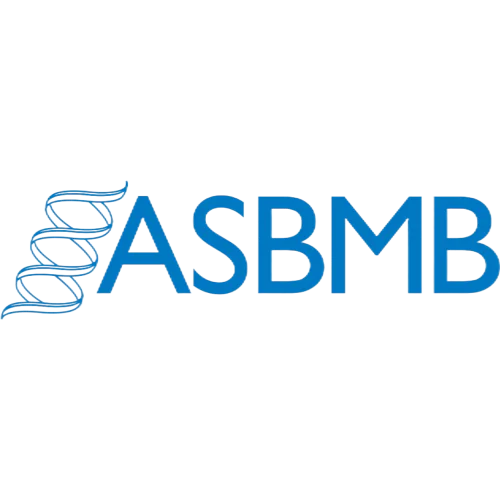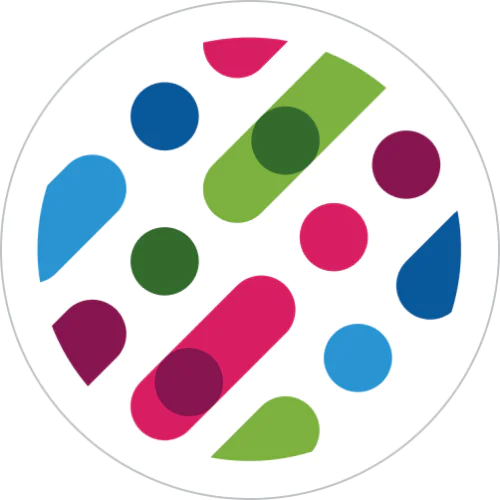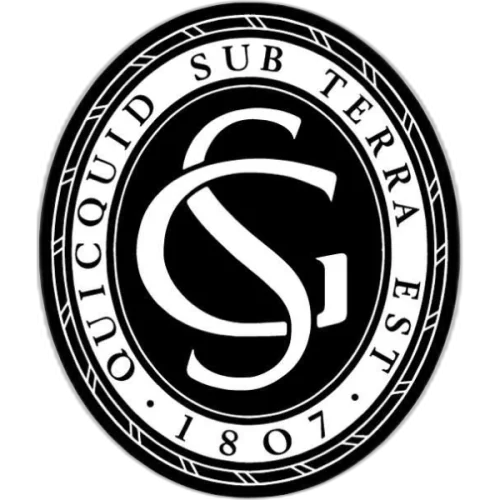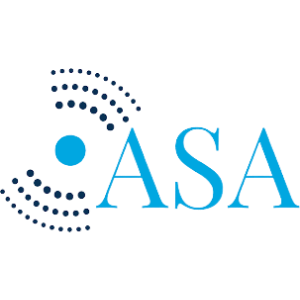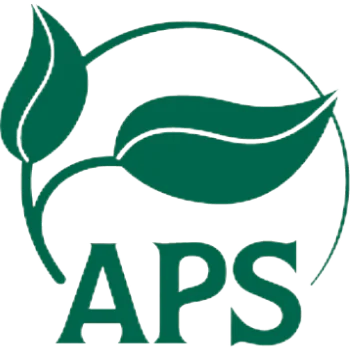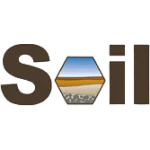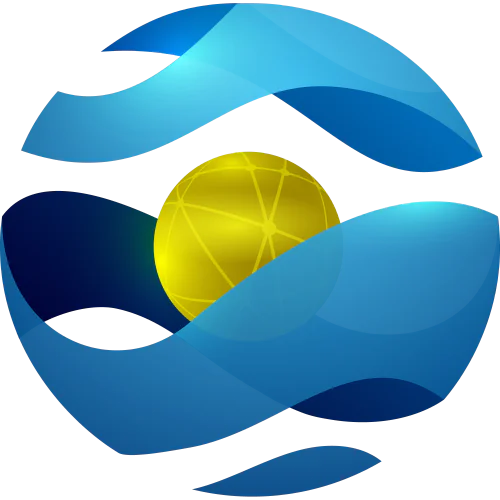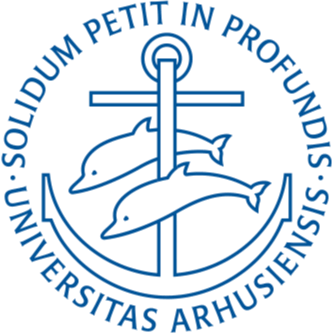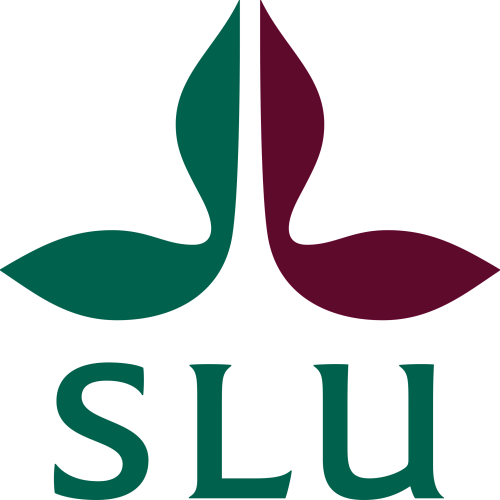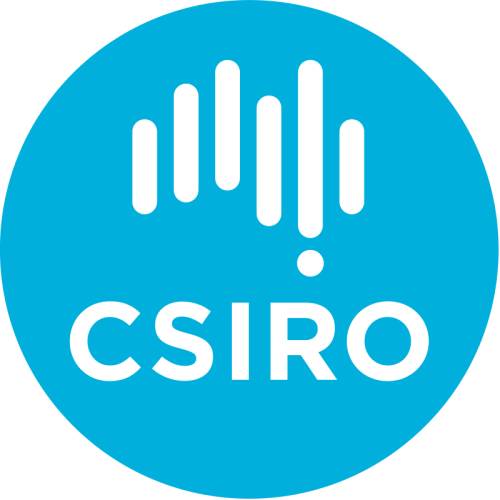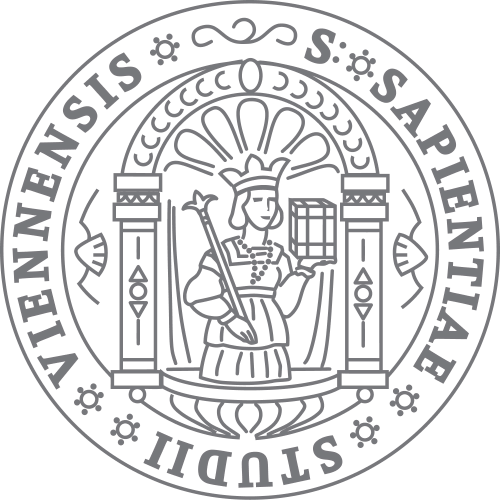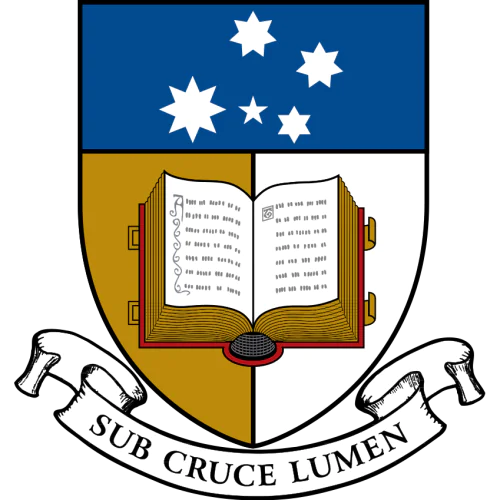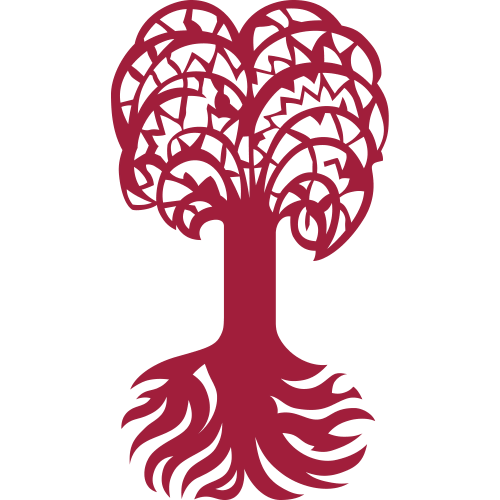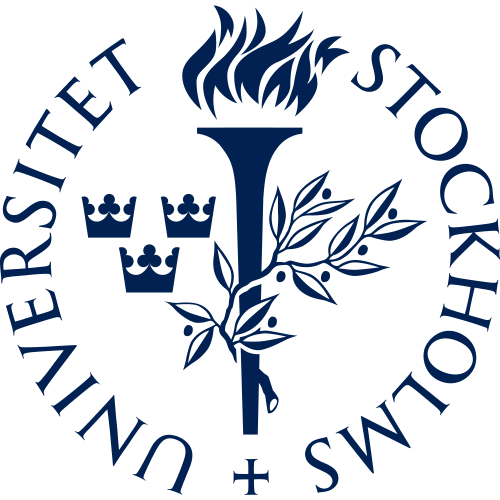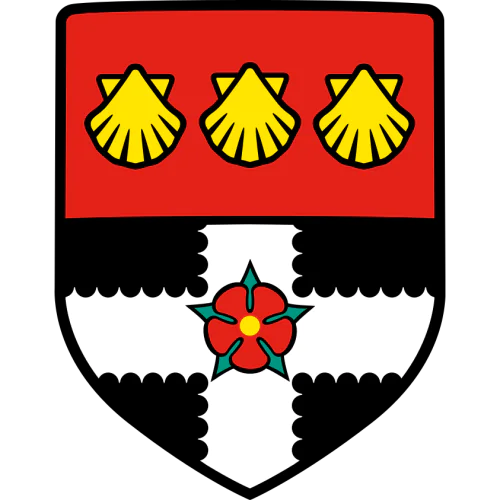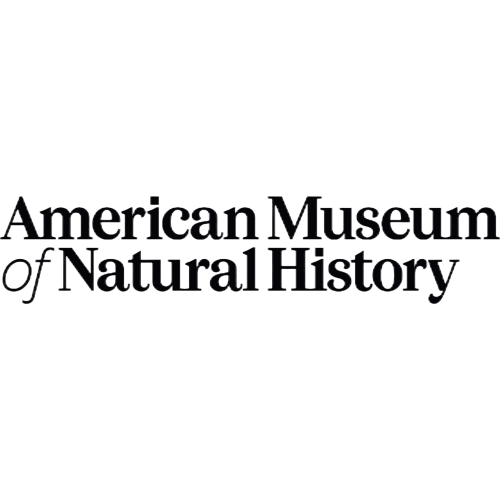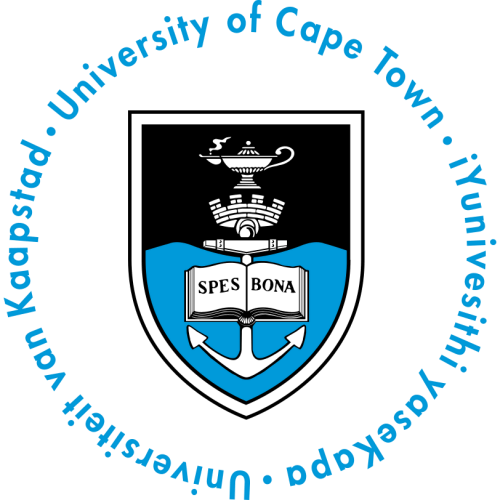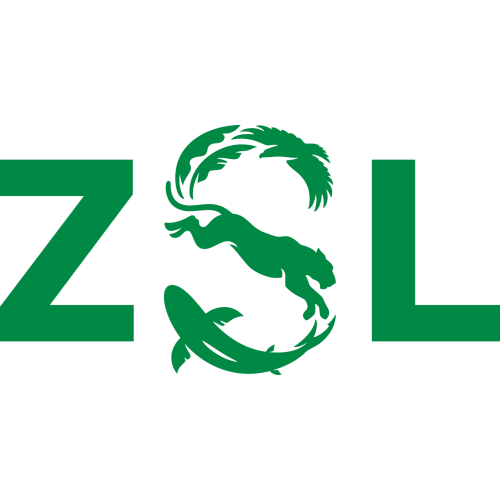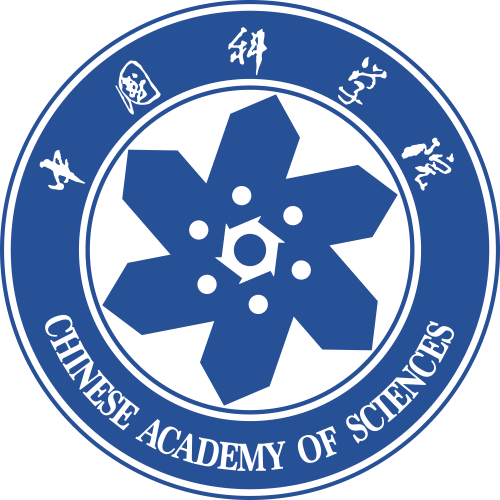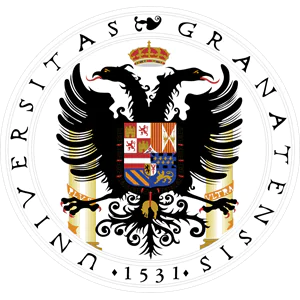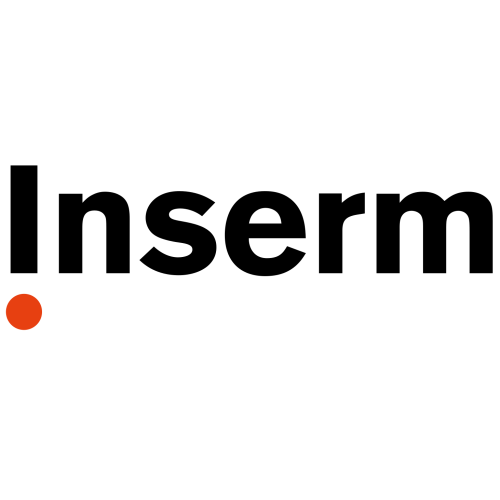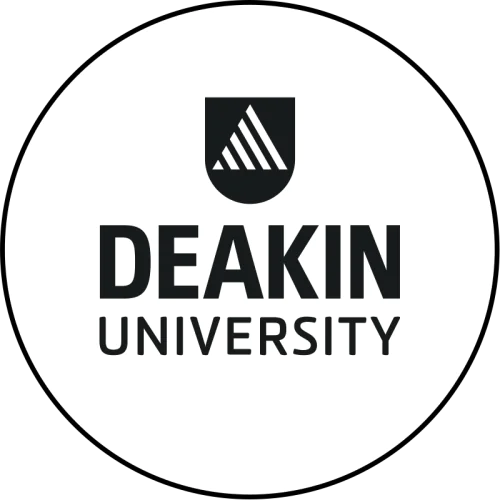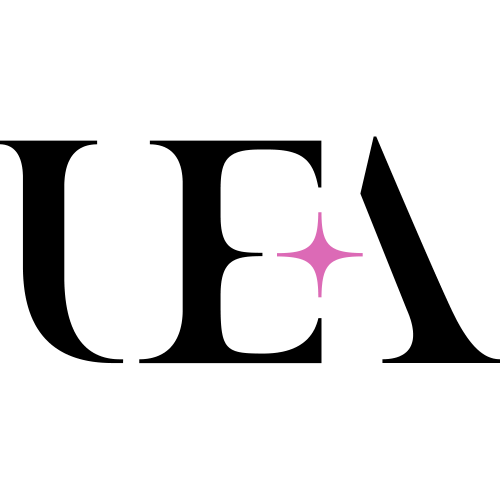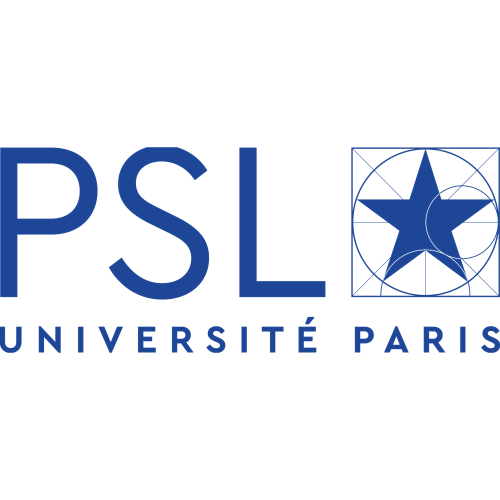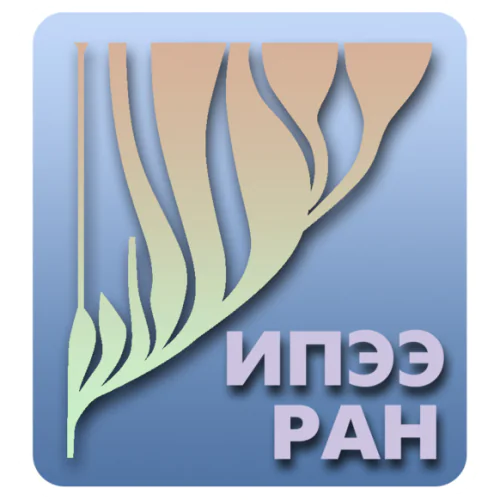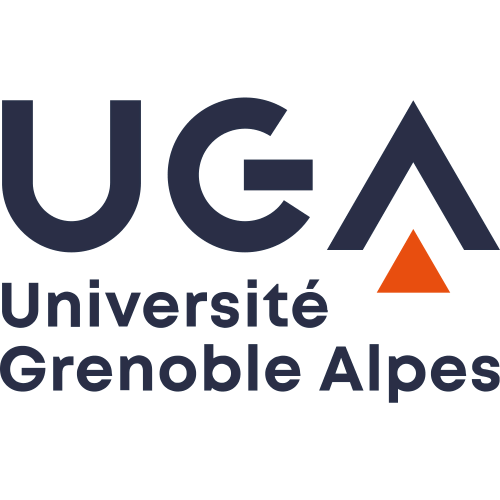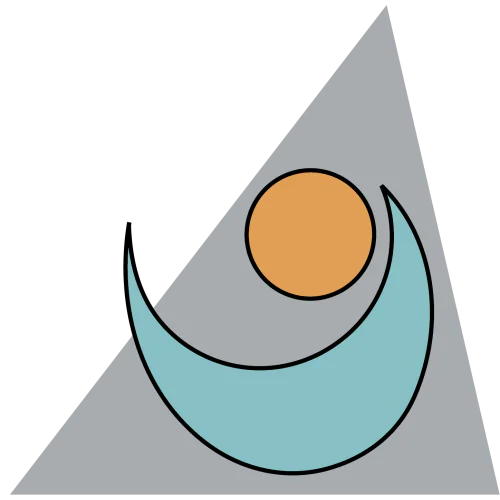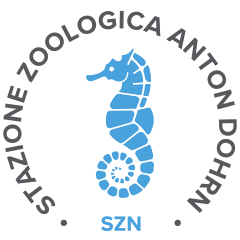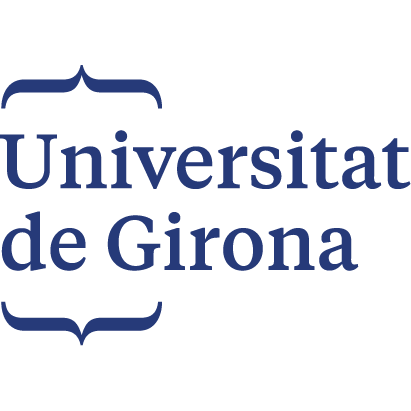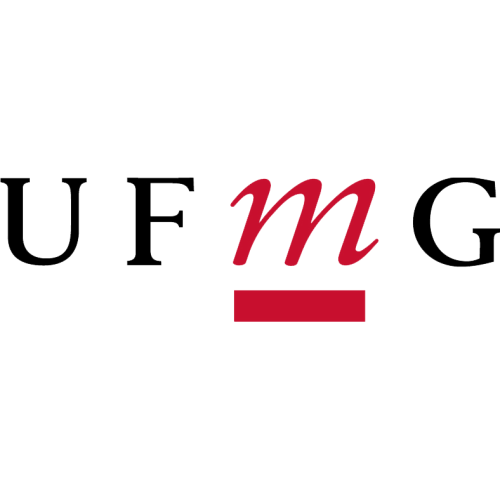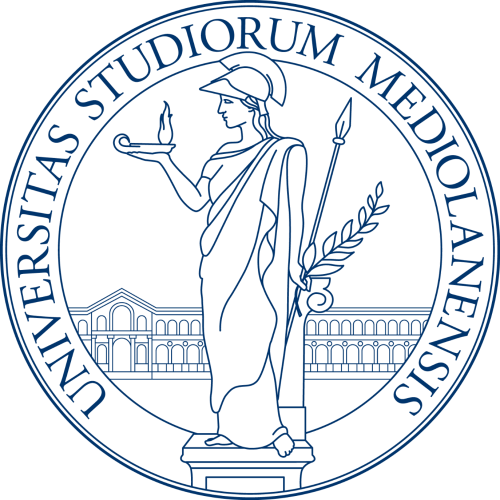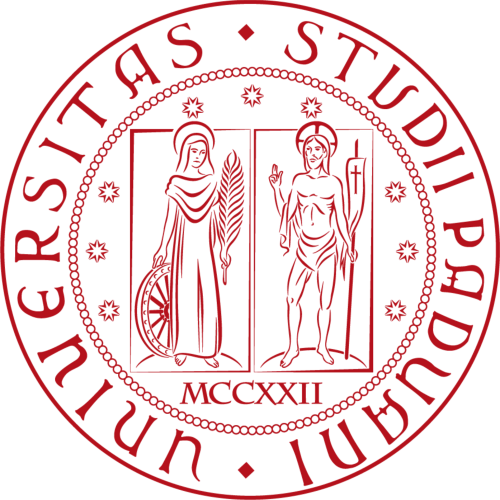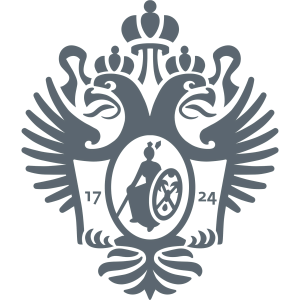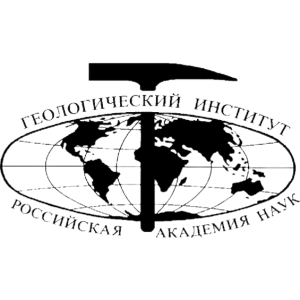Are you a researcher?
Create a profile to get free access to personal recommendations for colleagues and new articles.
SCImago
Q1
WOS
Q1
Impact factor
11.7
SJR
4.383
CiteScore
23.1
Categories
Agricultural and Biological Sciences (miscellaneous)
Biochemistry, Genetics and Molecular Biology (miscellaneous)
Areas
Agricultural and Biological Sciences
Biochemistry, Genetics and Molecular Biology
Years of issue
1924-2025
journal names
Biological Reviews
BIOL REV
Top-3 citing journals
Top-3 organizations

University of Cambridge
(104 publications)

University of Oxford
(65 publications)

University of Zurich
(54 publications)

University of Zurich
(26 publications)

University of Exeter
(22 publications)

Australian National University
(20 publications)
Top-3 countries
Top-3 researchers by articles count
2 publications in journal

Pedro Martinez
101 publications,
4 324 citations,
86 reviews
h-index: 34

National Center for Advancing Translational Sciences

Catalan Institution for Research and Advanced Studies

University of Barcelona
1 publication in journal
Ponge Jean-François
188 publications,
6 939 citations,
307 reviews
h-index: 47

Muséum national d'Histoire naturelle
1 publication in journal
Begall Sabine
94 publications,
1 935 citations,
5 reviews
h-index: 25

University of Duisburg-Essen
Most cited in 5 years
Found
Nothing found, try to update filter.
Found
Nothing found, try to update filter.
Top-100
Citing journals
|
500
1000
1500
2000
2500
3000
3500
4000
|
|
|
PLoS ONE
3989 citations, 1.37%
|
|
|
Animal Behaviour
3452 citations, 1.19%
|
|
|
Scientific Reports
3359 citations, 1.16%
|
|
|
Ecology and Evolution
3284 citations, 1.13%
|
|
|
Proceedings of the Royal Society B: Biological Sciences
2802 citations, 0.96%
|
|
|
Biological Reviews
2343 citations, 0.81%
|
|
|
Journal of Experimental Biology
2257 citations, 0.78%
|
|
|
Behavioral Ecology
2061 citations, 0.71%
|
|
|
Evolution; international journal of organic evolution
2042 citations, 0.7%
|
|
|
Behavioral Ecology and Sociobiology
1996 citations, 0.69%
|
|
|
Science of the Total Environment
1853 citations, 0.64%
|
|
|
Oecologia
1499 citations, 0.52%
|
|
|
Journal of Evolutionary Biology
1488 citations, 0.51%
|
|
|
Frontiers in Ecology and Evolution
1264 citations, 0.44%
|
|
|
Hydrobiologia
1254 citations, 0.43%
|
|
|
Biological Conservation
1208 citations, 0.42%
|
|
|
Philosophical Transactions of the Royal Society B: Biological Sciences
1202 citations, 0.41%
|
|
|
New Phytologist
1123 citations, 0.39%
|
|
|
Functional Ecology
1114 citations, 0.38%
|
|
|
Forest Ecology and Management
1084 citations, 0.37%
|
|
|
American Naturalist
1073 citations, 0.37%
|
|
|
Journal of Animal Ecology
1064 citations, 0.37%
|
|
|
Biological Journal of the Linnean Society
1040 citations, 0.36%
|
|
|
Nature
1033 citations, 0.36%
|
|
|
Global Change Biology
983 citations, 0.34%
|
|
|
Oikos
974 citations, 0.34%
|
|
|
Ethology
970 citations, 0.33%
|
|
|
PeerJ
959 citations, 0.33%
|
|
|
Molecular Ecology
953 citations, 0.33%
|
|
|
Ecology
914 citations, 0.31%
|
|
|
Ecological Indicators
905 citations, 0.31%
|
|
|
Marine Biology
890 citations, 0.31%
|
|
|
Journal of Morphology
888 citations, 0.31%
|
|
|
Proceedings of the National Academy of Sciences of the United States of America
850 citations, 0.29%
|
|
|
Ecology Letters
825 citations, 0.28%
|
|
|
Journal of Biogeography
763 citations, 0.26%
|
|
|
Ecography
754 citations, 0.26%
|
|
|
Journal of Ecology
744 citations, 0.26%
|
|
|
Freshwater Biology
736 citations, 0.25%
|
|
|
Journal of Zoology
731 citations, 0.25%
|
|
|
Journal of Fish Biology
701 citations, 0.24%
|
|
|
International Journal of Molecular Sciences
693 citations, 0.24%
|
|
|
Journal of Insect Physiology
688 citations, 0.24%
|
|
|
American Journal of Botany
684 citations, 0.24%
|
|
|
Journal of Experimental Marine Biology and Ecology
676 citations, 0.23%
|
|
|
Royal Society Open Science
647 citations, 0.22%
|
|
|
Frontiers in Marine Science
636 citations, 0.22%
|
|
|
Ecosphere
620 citations, 0.21%
|
|
|
Journal of Applied Ecology
602 citations, 0.21%
|
|
|
Science
602 citations, 0.21%
|
|
|
Frontiers in Plant Science
600 citations, 0.21%
|
|
|
Current Biology
596 citations, 0.21%
|
|
|
Journal of Experimental Zoology
583 citations, 0.2%
|
|
|
Global Ecology and Biogeography
582 citations, 0.2%
|
|
|
Nature Communications
568 citations, 0.2%
|
|
|
Comparative Biochemistry and Physiology Part A Physiology
563 citations, 0.19%
|
|
|
Insects
559 citations, 0.19%
|
|
|
Biological Invasions
555 citations, 0.19%
|
|
|
Journal of Biological Chemistry
555 citations, 0.19%
|
|
|
Global Ecology and Conservation
546 citations, 0.19%
|
|
|
Journal of Thermal Biology
534 citations, 0.18%
|
|
|
Behavioural Processes
528 citations, 0.18%
|
|
|
Marine Ecology - Progress Series
520 citations, 0.18%
|
|
|
Trends in Ecology and Evolution
518 citations, 0.18%
|
|
|
Landscape Ecology
517 citations, 0.18%
|
|
|
Plant and Soil
511 citations, 0.18%
|
|
|
Diversity
506 citations, 0.17%
|
|
|
Animals
501 citations, 0.17%
|
|
|
Soil Biology and Biochemistry
497 citations, 0.17%
|
|
|
Anatomical Record
489 citations, 0.17%
|
|
|
Biodiversity and Conservation
482 citations, 0.17%
|
|
|
Diversity and Distributions
478 citations, 0.16%
|
|
|
Developmental Biology
471 citations, 0.16%
|
|
|
Biology Letters
460 citations, 0.16%
|
|
|
Journal of Vegetation Science
457 citations, 0.16%
|
|
|
Canadian Journal of Zoology
453 citations, 0.16%
|
|
|
Journal of Avian Biology
450 citations, 0.15%
|
|
|
Aquatic Conservation: Marine and Freshwater Ecosystems
433 citations, 0.15%
|
|
|
Agriculture, Ecosystems and Environment
428 citations, 0.15%
|
|
|
Molecular Phylogenetics and Evolution
425 citations, 0.15%
|
|
|
Annals of Botany
408 citations, 0.14%
|
|
|
Forests
408 citations, 0.14%
|
|
|
Comparative biochemistry and physiology. Part A, Molecular & integrative physiology
407 citations, 0.14%
|
|
|
Heredity
402 citations, 0.14%
|
|
|
Journal of Environmental Management
402 citations, 0.14%
|
|
|
Ecological Entomology
400 citations, 0.14%
|
|
|
Ibis
397 citations, 0.14%
|
|
|
Journal of Theoretical Biology
394 citations, 0.14%
|
|
|
Journal of Comparative Neurology
388 citations, 0.13%
|
|

Journal of Comparative Physiology B: Biochemical, Systemic, and Environmental Physiology
382 citations, 0.13%
|
|
|
Palaeogeography, Palaeoclimatology, Palaeoecology
377 citations, 0.13%
|
|
|
Plant Ecology
374 citations, 0.13%
|
|
|
Behavioral and Brain Sciences
370 citations, 0.13%
|
|
|
Ecological Applications
369 citations, 0.13%
|
|
|
Aquaculture
367 citations, 0.13%
|
|
|
Journal of Vertebrate Paleontology
362 citations, 0.12%
|
|
|
Journal of Comparative Physiology A: Neuroethology, Sensory, Neural, and Behavioral Physiology
359 citations, 0.12%
|
|
|
Water (Switzerland)
355 citations, 0.12%
|
|
|
Canadian Journal of Fisheries and Aquatic Sciences
351 citations, 0.12%
|
|
|
Plants
351 citations, 0.12%
|
|
|
500
1000
1500
2000
2500
3000
3500
4000
|
|
Citing publishers
Publishing organizations
Publishing organizations in 5 years
Publishing countries
Publishing countries in 5 years
1 publication in journal
Begall Sabine
94 publications,
1 935 citations,
5 reviews
h-index: 25

University of Duisburg-Essen
1 publication in journal

Gostyńska Julia
2 publications,
26 citations
h-index: 2
1 publication in journal

Dalecky Ambroise
31 publications,
1 053 citations,
4 reviews
h-index: 15

Aix-Marseille University
1 publication in journal

Zlobin Ilya
36 publications,
557 citations
h-index: 13
1 publication in journal

Van Johan
87 publications,
790 citations,
8 reviews
h-index: 16

University of the Free State
Data by ORCID

















